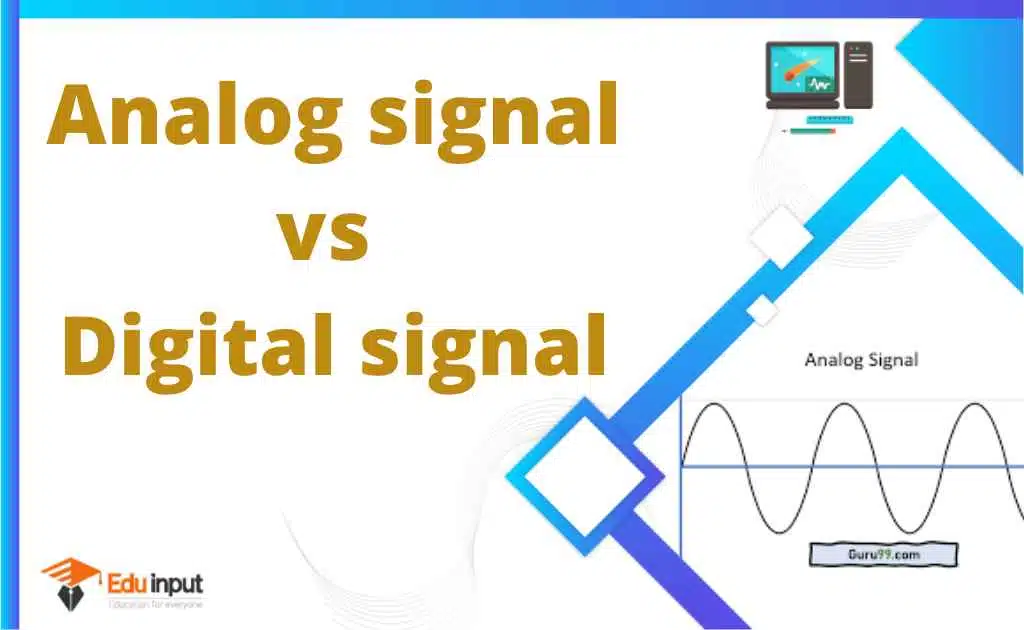Difference between Bus Topology and ring Topology
The main difference between bus topology and ring topology is, Bus topology is a type of network topology where each node is connected through a central wire. Ring topology is a type of network where every node connects to exactly two other nodes. Bus topology is a simple and cost-effective way to connect a large number of devices. While ring topology is more complex and expensive.
Bus topology
The bus topology is a network topology where all devices are connected to a single central cable. This type of network is also known as a bus network. In a bus topology, data is sent from the sender device to all other devices on the network.

All devices then check the address of the data to see if it is intended for that computer. If the address matches, the computer will keep the data. Bus topologies are less expensive than other types of networks because they require a smaller cable length.
Ring topology
In a ring topology, all the nodes are connected in a ring. When the sender device sends the data, data travels to each device until the data matches. In this topology, every node has equal access to the network. If we want to add or remove any node in this topology it can affect the whole network.

Ring topology is a network topology in which nodes are connected to form a continuous loop.
Bus topology vs Ring topology
The differences between bus topology and ring topology are given below
| Bus topology | Ring topology |
| In a bus topology, all the devices are connected through the central wire. | In a ring topology, all the devices are connected in a ring with each other. |
| The cost of implementation is higher than ring topology. | The cost of implementation is lower than bus topology. |
| The failure of one computer cannot affect the whole network. | The failure of one computer affects the whole network. |
| In a bus topology, adding and removing the nodes cannot affect the whole network. | In a ring topology, adding and removing the nodes can affect the whole network. |
| Easier to troubleshoot as compared to a ring topology. | Difficult to troubleshoot as compared to bus topology. |
| The access speed is high than the ring topology. | The access speed is less than the bus topology. |
| The chances of data collisions are very high in bus topology. | The chances of data collisions are low in a ring topology. |
Related FAQs
What is the difference between bus and ring topology?
In a bus topology, all the devices are connected through the central wire which is called the backbone of the network. In Ring topology all the devices are connected to each other like the ring, the last node is connected to the first one.
What are the 2 advantages of a ring topology?
The chances of collision are very low in this topology.
In this topology, every computer has equal access to the network.
What are the advantages of bus topology?
It is simple and easy to use.
This topology is cheaper.
Failure of one node cannot affect the whole network.







Leave a Reply